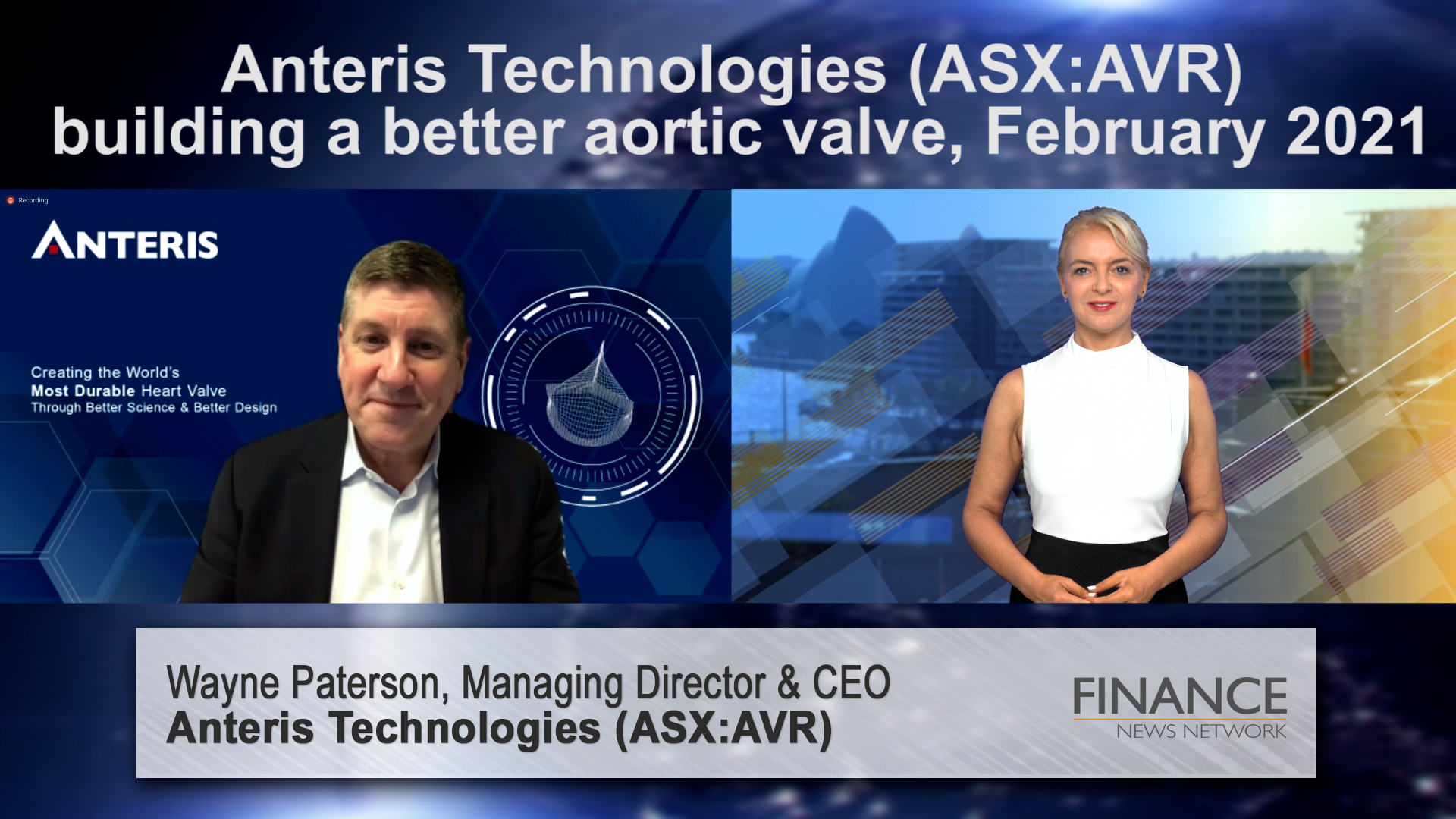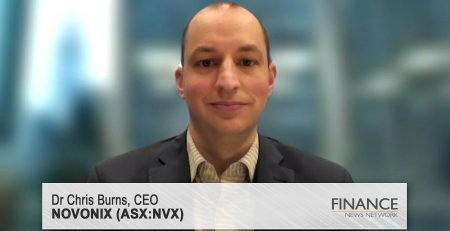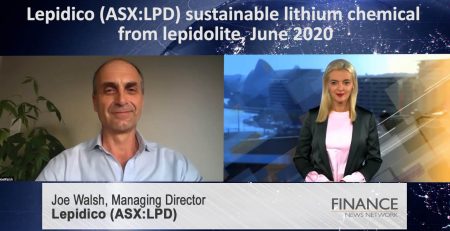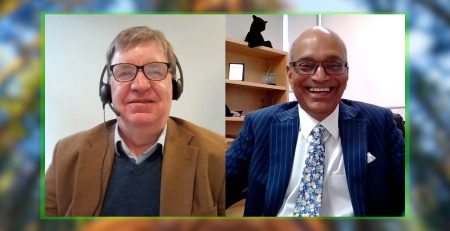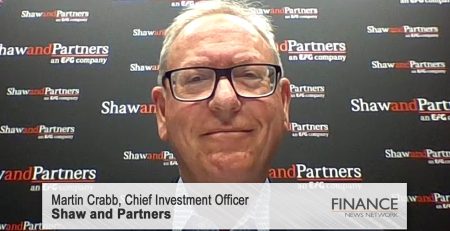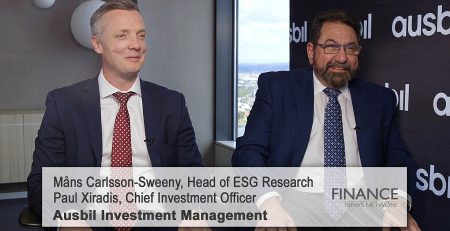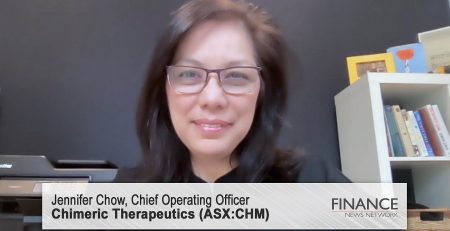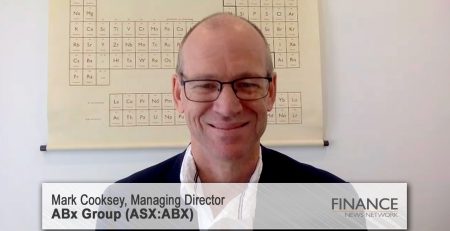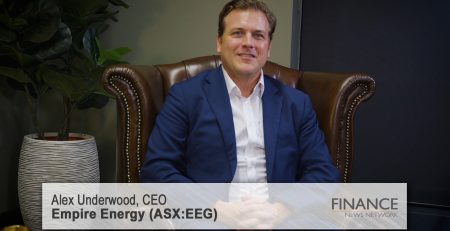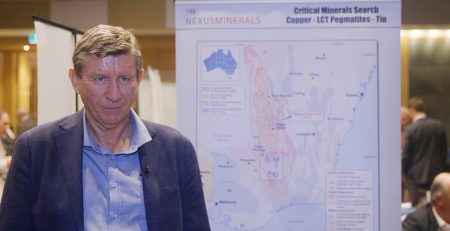Anteris Technologies (ASX:AVR) building a better aortic valve
Anteris Technologies Limited (ASX:AVR) CEO & Managing Director Wayne Paterson talks about the benefits of the company's Anteris DurAVR aortic replacement valve to work better and for longer, company strategy and goals for 2021.
Rachael Jones: Hello, I'm Rachael Jones for the Finance News Network. Joining me from Anteris Technologies is managing director and CEO Wayne Paterson.
Wayne, welcome back to FNN.
Wayne Paterson: Good morning. Thanks for having me, Rachael. Good to see you again.
Rachael Jones: Good to see you. Now, first up, Wayne, could we start with an introduction to the company?
Wayne Paterson: Sure. Anteris Tech operates in what's known as a structural heart space, and really is a company that sits between biotech and medtech in terms of the sectors that it sits in. And I say that because we have a technology that swings in the biotech direction with ADAPT, and then of course we're in the structural hard area which is more of a medtech space. The nice thing about the space we operate in, it's a very biotech size space which is US$10 billion globally, and there are only two incumbent competitors in that space. We bring three very distinct technologies into this market, and there is a huge market need for next-gen tech, which is what we bring to the table.
Rachael Jones: Now, let's look a little closer at your portfolio. Can you tell us more, starting with the 3D single-piece aortic valve?
Wayne Paterson: Right. There are, as I mentioned, three really, really novel technologies that I'd like the market to be aware of. The first one is ADAPT.
Now, ADAPT is an anti-calcification technology, and that's critically important because the disease we treat, aortic stenosis, is a disease where calcium overtakes the aortic valve in your body and to the point where it becomes dysfunctional and it has to be replaced either surgically or through a TAVR, a catheter-based approach. Now, because it's a disease predominantly driven by calcium, to have anti-calcification properties is critically important. With ADAPT, which is an Australian invention, we have the only anti-calcification treatment proven to have zero calcification in humans over 10 years and published, so it is, hands down, the best of its kind in the world. That's the biotech part of the story.
We then took that material and made the world's first 3D single-piece aortic valve, and that's critically important. The first generation technologies in this space are made of three pieces of material sewn into a frame with about 600 sutures. They're very complex to manufacture, they don't fully function at the same capacity of your normal valve because they're not designed that way, and in fact you are born with a 3D single-piece valve like DurAVR, our valves, so it is anatomically correct. Now, as a result of this differentiation and us having the first one, we bring normal hemodynamics, normal blood flows when our valve goes into patients, and we've seen that in patients already. The other valves do not do that, so they bring you from what's known as severe disease state, severe aortic stenosis, and they leave you in mild stenosis. They never get you back to normal. DurAVR appears to be the only one that actually takes you back to normal right off the table.
Rachael Jones: What can you tell me about the first in-human surgical aortic valve replacement trial?
Wayne Paterson: The results of that have been fantastic, and I think big credit to Professor Meuris. As you would appreciate in the Northern Hemisphere, COVID has had a significant impact on hospitals, both from a capacity point of view and opening and closing and all the things it will hamper a study. The study got moving along, and the first patients we've seen in that study did in fact come out with normal hemodynamics, as measured by a measurement known as mean gradient. It's a blood pressure measurement. And the patients that were receiving DurAVR in that study came out with normal mean gradient, which is five millimeters of mercury, and that hasn't been seen before in commercially available valves. In fact, Professor Meuris, who is widely known as an academic, as a clinician, and on the podium, actually came out publicly and said he had not seen these kind of results with commercially available valves. The results of that study, and the study's not yet complete, we did release interim results at the PCR London Valve meeting, which is the most important valve meeting in the world every year, and we actually were awarded the best innovation award at that meeting in November just gone. Now, that's a highly prestigious award, it's obviously judged by a panel of cardiologists, and very competitive. Now, the reason they awarded us that award was because of the fact that we saw these results in that study that showed normal hemodynamics, so we basically have developed what appears to be a functional cure for aortic stenosis.
Rachael Jones: Are you able to give me an update on the clinical trial?
Wayne Paterson: That study is a surgical study that's moving along. The really big news for this year, of course, is that we are moving to an FDA study, and that will be done here in the States, across some really important centers such as Cleveland Clinic and others. And that will be a TAVR study. So instead of a surgical study like the one we have in Europe right now, this will be a catheter-based, less invasive study, so a TAVR study.
We just have had meetings this week with the FDA, in fact, pushing those approvals along. We have had a really positive feedback for proposals for this study, and that study is scheduled to start later in this year.
Rachael Jones: And now to financials and strategy. Could you provide a snapshot?
Wayne Paterson: We just put out the 2020 results, as you may have seen. The revenues were about 7.1 million. Now, that's largely made up of manufacturing revenues and licensing revenues, remembering that this company's a development play at the moment, clearly not a revenue company. However, the SGNA costs were down by about 36%, and that's as a result of the change to the business that we effected last year where we really sold off some businesses to pivot and focus into this $10 billion space. So we're down about 36% on costs, revenues are roughly in line with what we predicted, and we of course brought in some capital, some additional capital as well late last year and early this year.
Rachael Jones: Can you tell us about your strategy and your progress so far?
Wayne Paterson: Sure. This year is really a breakout year, and I don't mean that lightly. When you've got an FDA study and you're holding that study in places like Cleveland Clinic, which is the biggest cardiac center in the world, with some very prestigious doctors, it's obviously a big event. When you're interacting with the FDA, as we are even this week, and you're getting very positive feedback as to the nature of your study, clearly that's where the excitement will start to occur, and that is the strategy this year. The stock is tracking reasonably well since the beginning of the year. It's up about 30, 35%. And there is obviously a lot of anticipation around that study, keeping in mind that we are showing results at the moment that people haven't seen with the current first generation technologies. And then there are things like the ADAPT anti-calcification treatment, of course, which are also just superior, and we already know that.
So there is a lot of anticipation that if this product is successful in this study that starts this year, that is a big contender in the market and that space is 10 billion. The market leader right now has 65% of that space, and we have better data already than that particular product, so it's not difficult to imagine the multiples that you may get in terms of commercialization with this product. So it's a very exciting year for us.
Rachael Jones: And just in closing, Wayne, is there anything else you'd like to add?
Wayne Paterson: Yeah, look, I think the key thing is to keep your eyes on what's coming next. We've got a number of clinical studies, or pre-clinical studies in play at the moment as well, one that we're about to read out very shortly with regards to a head-to-head comparison against one of the major competitors. That data is being analyzed as we speak.
So there is a lot of news flow consistently between now and when that study starts, so there'll be a lot of action.
Rachael Jones: Wayne Paterson, nice to see you again and thanks very much for the update.
Wayne Paterson: Thank you for your time.
Ends
Copyright 2021 – Finance News Network
Source: Finance News Network

